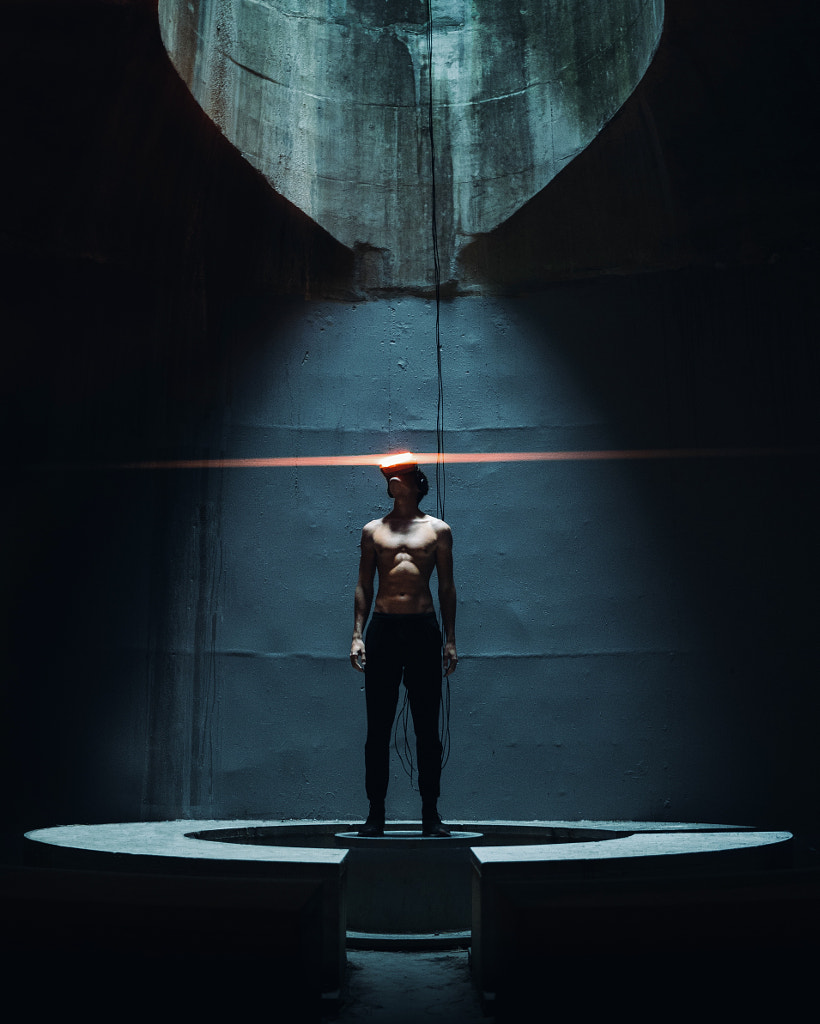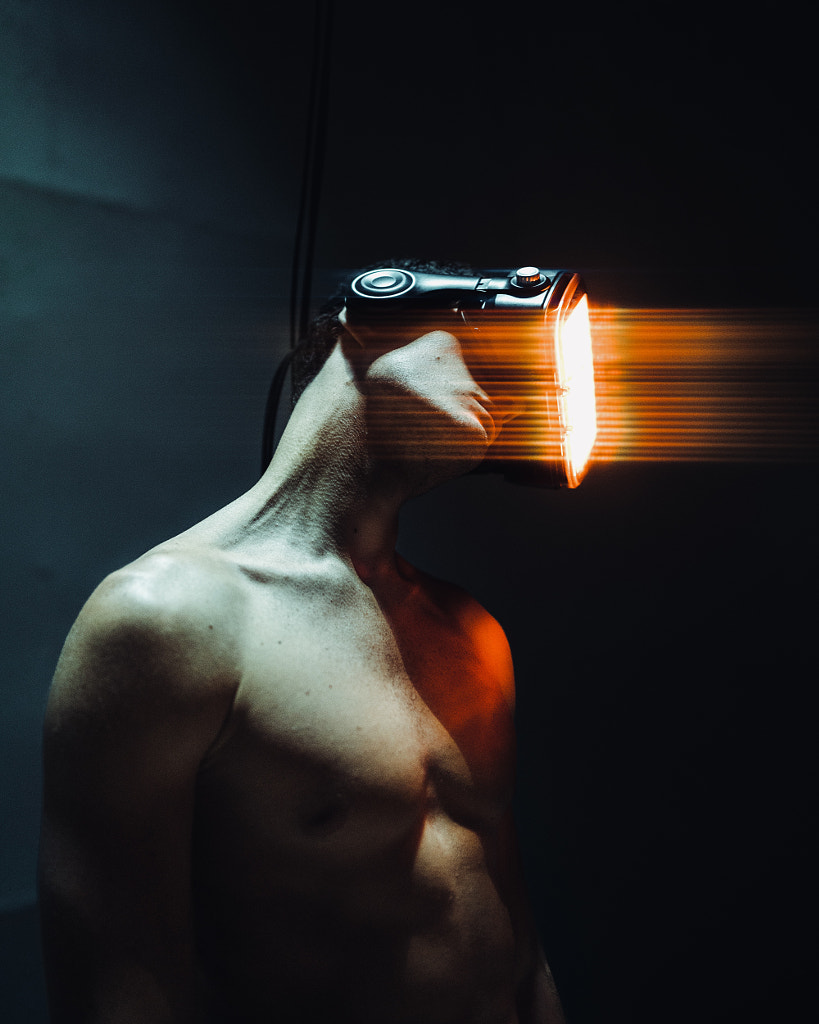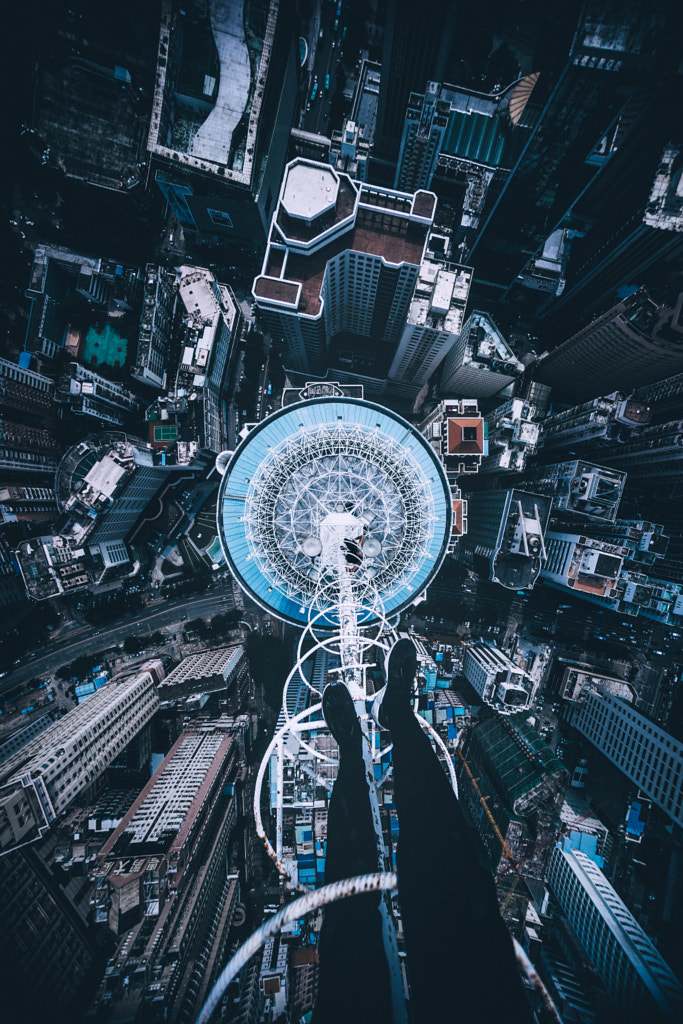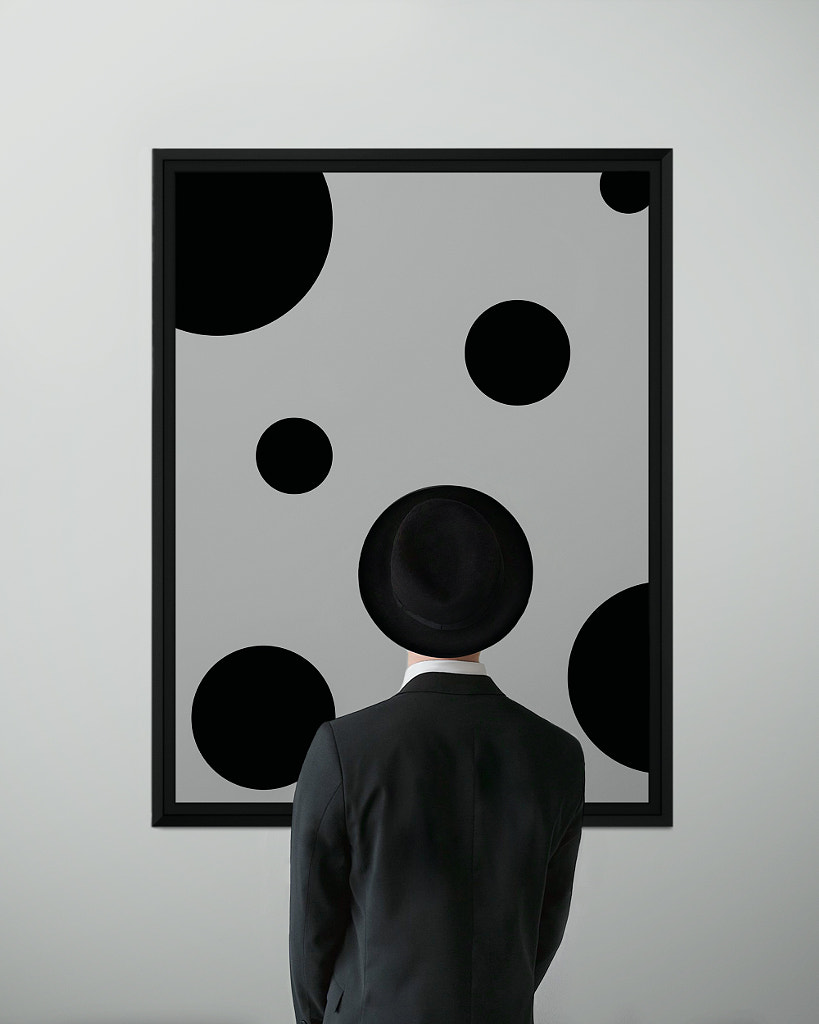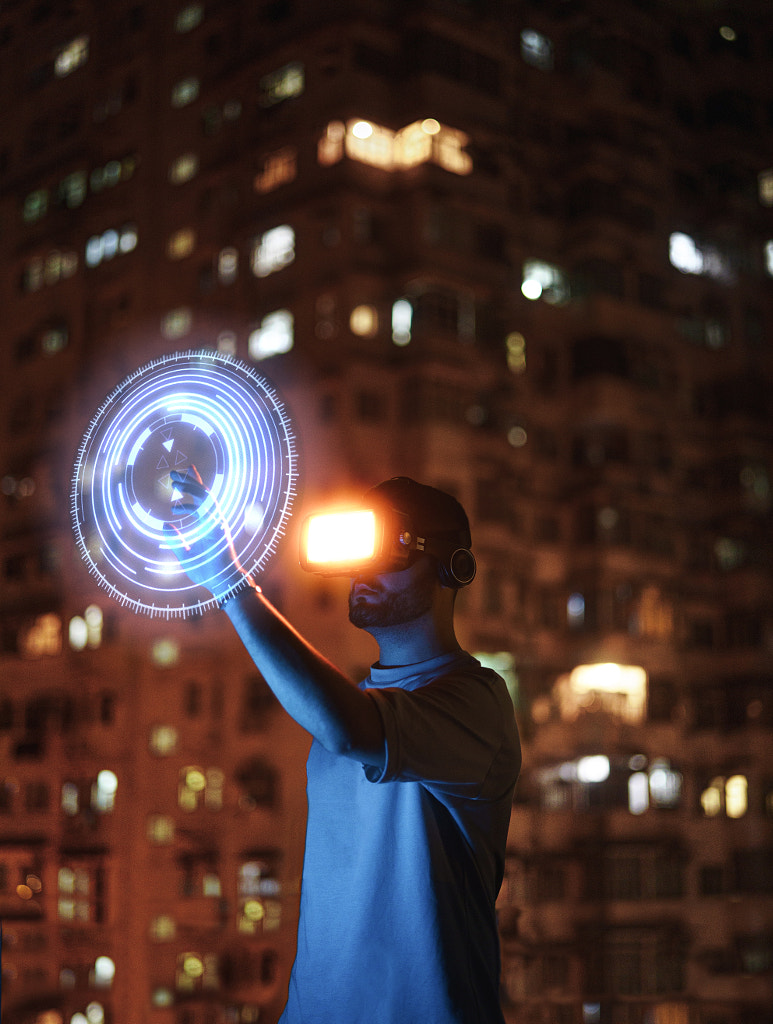Enter the marble hall at Musee Dezentral, and you’ll be greeted by tall ceilings, exquisite columns, classical sculptures, and a palatial water fountain. But as in most museums, the main draw is the art on the walls. In this first hall—the Hall of Fame—you’ll find NFTs, or non-fungible tokens, from now-iconic crypto art collections: CryptoPunks, the Bored Ape Yacht Club, CryptoKitties, and more, alongside work by the legendary artist Damien Hirst. Unlike most museums, however, Musee Dezentral is accessible to anyone with an internet connection.
Musee Dezentral is one of a growing number of exhibition spaces located in the metaverse. The definition of the “metaverse” is still evolving in real-time, but to oversimplify, a metaverse is an immersive 3D virtual world. Arguably, the battle royale video game Fortnite is an example of a metaverse. Decentraland and Cryptovoxels, where anyone can purchase parcels of land and build something new, like a digital art gallery, are both metaverses.
While some spaces exist solely in the metaverse, others span the virtual and physical realms. König Galerie, for instance, has physical spaces in Berlin, London, Seoul, and Vienna—but they also have a virtual space in Decentraland. Similarly, when Digital Diaspora: Liberating Black Creativity, a landmark exhibition curated by Diana Sinclair, opened at Superchief Gallery NFT, the first physical gallery space devoted to NFTs, it also opened as a virtual exhibition in Cryptovoxels.
At the same time, others have discovered creative ways to bring natively digital NFT artworks into physical spaces. The Seattle NFT Museum, for example, displays digital art on high-resolution screens, giving you an experience you wouldn’t get from looking at the screen on your phone or computer. They also provide educational resources to help the world of NFTs and decentralized finance feel more accessible.
For many, the promise of the metaverse represents a more accessible alternative to traditional art spaces. Consider the case of Man of Sorrows by Sandro Botticelli, one of the artist’s last privately-owned masterpieces, created in the late 15th/early 16th century. Works by Botticelli rarely come to auction, but Man of Sorrows did earlier this year at Sotheby’s. Before the auction, the painting was exhibited in Hong Kong before traveling to London, LA, and Dubai. In January, it sold for $45.4 million.
But Sotheby’s did something new: to celebrate the sale, they constructed a chapel in their virtual headquarters in Decentraland, where people could learn more about the work and view it. Granted, you’re looking at a digital image of the painting, but the chapel is ornate and beautifully lit, sparking questions about how unique spaces might be custom-built to complement specific works of art. At the same time, it demonstrates how art could potentially be more widely accessible—and more widely celebrated—in the age of Web3.
Art exhibitions in the metaverse feel like a natural solution to the isolation of the pandemic. Unlike a traditional online viewing room, art lovers in the metaverse can interact with one another. They can reach out and interact with the work, or they can follow an external link to buy and own NFTs for images they love. In an ideal virtual world, artists, collectors, and fans could meet up and chat, regardless of where they live. They can visit museums on their computer, or they can wear VR headsets for a more immersive experience.
One of the primary draws of NFTs has been this idea that artists can connect with collectors and patrons directly, without the need for a third party. Some collectors have started exhibiting work in the metaverse as a way of championing and supporting the artists they collect. While Musee Dezentral hosts exhibitions curated by prominent figures in the NFT community, they have also made it possible to purchase frames. Owners of these frames can then exhibit work in the museum.
We can find another approach to collaborative curation at MUSE0, an internet museum curated by artists and collectors. MUSE0 is also a decentralized autonomous organization (DAO), meaning you won’t find the usual hierarchies that govern the art world. Everyone has a vote and can participate.
From NFTs to the metaverse, the dream at the heart of this technology is that everyone could enjoy, critique, and help shape the future of art without the kind of “gatekeeping” you’d see within powerful institutions. Artwork that might not have found a place in the traditional art world could live in the metaverse and be seen and recognized by people scattered across the globe. Similarly, anyone with enough cryptocurrency would be able to buy land in the metaverse. And anyone with a device and internet access could visit. That’s the long-term goal.
The metaverse is also compelling for a simpler reason: it enables artists to try things that would be difficult if not impossible in the physical world. König Galerie’s Decentraland space is modeled after their space in Berlin, but last year, when they exhibited the work of the digital artist Manuel Rossner, they were able to have one of his sculptures break through the facade of the building. Visitors (or our avatars, to be more precise) could walk along that sculpture, far above the treetops, eventually reaching the roof.
We’ve also seen the emergence of spaces that are both physical and virtual. Verse in San Francisco and Denver, for instance, uses augmented reality to display art. In this exhibition, visitors wear mixed reality smartglasses to reveal holograms and other artworks. At the same time, you can still see your real-world surroundings. Take the glasses off, however, and all you’ll see is an empty gallery. This idea provides a point of departure for how people could experience NFTs in the real world—and in a way that’s completely unique to the digital space.
Of course, we’re still in the very early stages of creating and experiencing the metaverse. The technology has yet to catch up to our imaginations, and how they’ll intersect remains to be seen. But if one thing has become clear, it’s that art has the potential to look very different in the future, as do the ways in which we experience it. Outside of the traditional “white cube” spaces, artists are expanding into new spaces and exploring new media, while setting their own rules. And they’re just getting started.
Join the VAULT waitlist to get early access and be the first to find out how you can create, buy, sell, and earn.
The post Museums, galleries, and alternative spaces in the metaverse appeared first on 500px.
